#mogollon rim
Explore tagged Tumblr posts
Text

The edge of the Mogollon Rim at Al Fulton Point near the extreme southeast corner of Coconino County, Arizona.
246 notes
·
View notes
Text
The Mogollon Monster

#mogollon rim#mogollon monstr#bigfoot#cryptids#sasquatch#north american cryptid#cryptozoology#cryptid#meme#bigfoot meme
33 notes
·
View notes
Text

Monsoon on the Mogollon Rim
#Arizona#Mogollon Rim#Summer#Monsoon#storm#Rainbow#rain#Mountain#scenery#Pine Forest#Forest#landscape#photography#weather#clouds
10 notes
·
View notes
Text
Cryptids ~ The Mogollon Monster
Link: https://everycathasatale.blogspot.com/2025/03/cryptids-mogollon-monster.html The Mogollon Monster is a legendary cryptid creature, often described as a large, hairy, ape-like being, said to inhabit the pine-covered hills of the Mogollon Rim in north-central Arizona, similar to Bigfoot...
0 notes
Text
Cryptids ~ The Mogollon Monster
Link: https://everycathasatale.blogspot.com/2025/03/cryptids-mogollon-monster.html The Mogollon Monster is a legendary cryptid creature, often described as a large, hairy, ape-like being, said to inhabit the pine-covered hills of the Mogollon Rim in north-central Arizona, similar to Bigfoot...
0 notes
Text
0 notes
Text
Adventures with Cbug
My nephew moved in with me in August so he could pursue his love of pole vaulting while going to college here. I was excited for him to experience life outside of his home State, as well as having some company for the next year or so. August is easily the worst month to move down to the Phoenix area, but it also a great month to showcase the rest of the State and to see how a two hour drive can…
1 note
·
View note
Text
Remembering when I went camping in grade school at the Mogollon Rim with my class and our teacher told us the story of the Mogollon Monster around the campfire, and at the end of the story another teacher who was hiding in the woods starting playing the didgeridoo to scare us (the legend says that at night you can hear the Mogollon Monster screaming). He came out with the didgeridoo and fessed up immediately… and then later that I when I had trouble sleeping (always had insomnia even as a kid)… I heard sounds that were definitely Not A Didgeridoo… and I just sat in my sleeping bag under the exposed-ass stars in our weird mesh-roof tent for what felt like hours while the monster screamed in the distance lmao it was one of the worst nights of my childhood, almost as bad as the seventh day after I saw The Ring lol
#some say it’s the wind in the canyon but I have never heard anything like it#indescribable#Mogollon rim#Mogollon monster
1 note
·
View note
Text
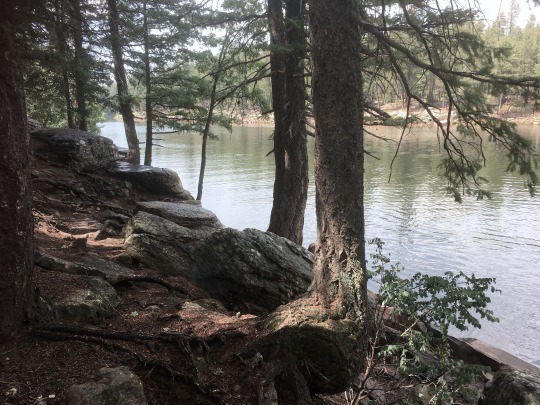

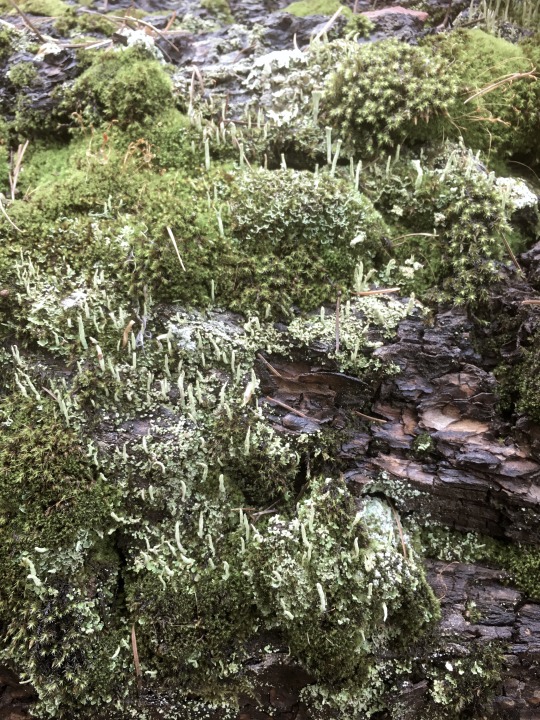
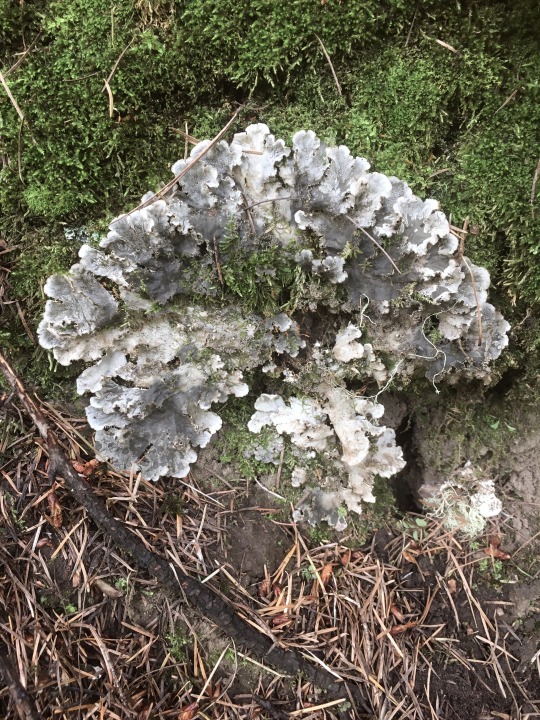
Woods Canyon Lake, AZ, USA
#nature photography#arizona#american west#canyon lake#woods canyon lake#mogollon rim#ultralowvelocityzone
0 notes
Text
The White House navajo ruins in Canyon de Chelly, Arizona, USA

1 note
·
View note
Text
These skies are fucking real and my camera can’t capture it but goddamn the above illustrates how they feel.

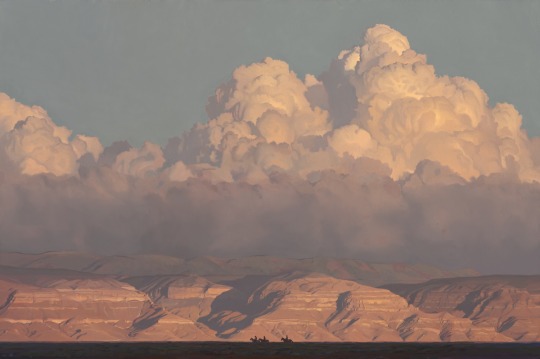
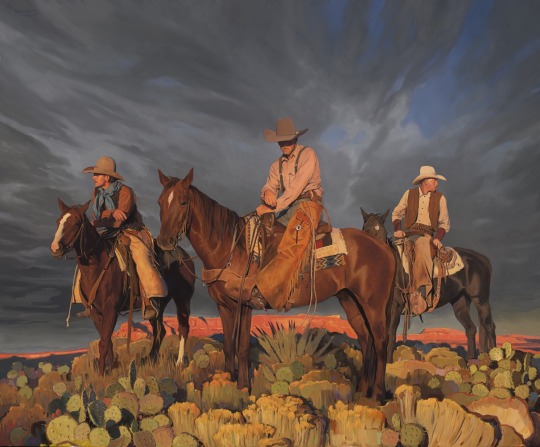
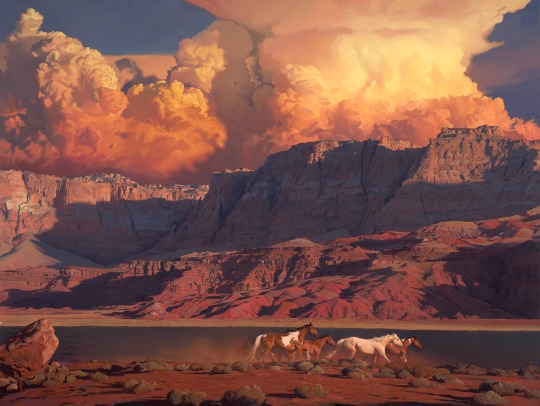

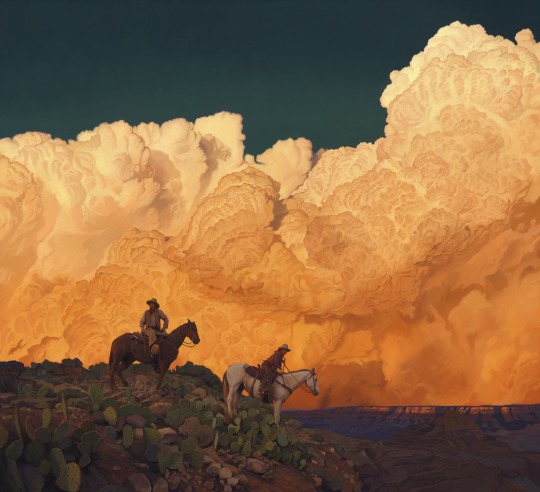

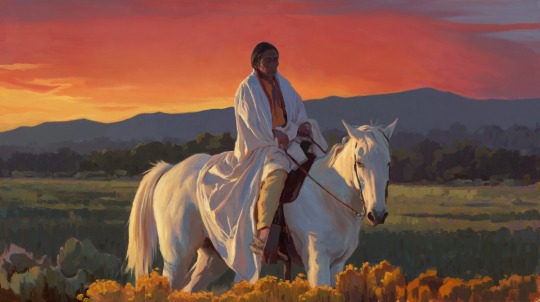
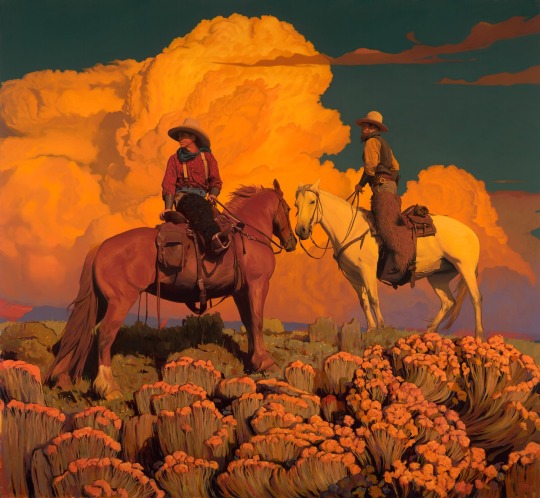

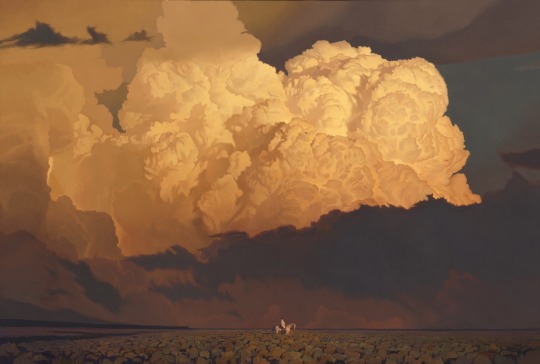
Beyond the Golden Skies
Mark Maggiori || Legacy Art Gallery 2023 Show
#Tonight was a purple pink literally aglow outside.#you can feel these skies I haven’t experienced the same elsewhere as here#the best one was at mogollon rim. was hunting for any antler#tiny cotton ball buff clouds everywhere blanketed the sky we were on the bottom of a cotton ball bag#AND EMBERS every last one vibrant burning orange on bottom faded to yellow and behind peeking you could see sky#I was flowing I was orange and it all faded fast but for a moment there I was reflecting bright orange sky it was so bright#gimme art tonight I want art#that was…twenty or more years ago now saw a ringtail that trip and two mountain lions good times#i know this land i know that sky#I love that art so much because it can invoke that same feeling of standing there for a flash
745 notes
·
View notes
Text
Mogollon Rim: Encounters with Dogman and Bigfoot
Encounters or "stories" about cryptids in Arizona. A video version is at Dogman, Werewolf, and Bigfoot War Stories in Mogollon Rim.
From the description:
Four stories from the Northern Gila County Historical Society recount eerie encounters with legendary creatures, including Bigfoot and werewolves, experienced by individuals in Arizona’s forests. Each character, a witness to inexplicable phenomena, shares how these encounters profoundly altered their understanding of the natural world and left them questioning reality.
#mogollon rim#mogollon monstr#bigfoot#cryptids#sasquatch#cryptozoology#north american cryptid#cryptid#dogman#dogmen#werewolves#werewolf
11 notes
·
View notes
Text

From the top of the Mogollon Rim in Arizona, looking South towards Payson.

Another view a few minutes prior with a hedgehog cactus and The Belt of Venus.
157 notes
·
View notes
Text
In This House

Azriel x Eris ~7.9k words Cowboy AU
Read Here
Roots, when Eris finally manages to grow them, become wild and uncontained. Three years, three summers, and he wants to build a garden with reserved ranch hand Azriel. When he proposes making things more permanent, Azriel begins to withdraw. Eris takes the resuscitation of their romance into his own hands. A bit violent, a little deranged; they come together anyway. ~ Or: I make Eris insane, Azriel gets turned on by domesticity, and they frot in a kitchen that doesn't belong to them.
Lil snippet for ya ;)
~~~~
The sweat, a simple slide down his temple, meets the hinge of Azriel’s bronze jaw, and then Eris’s mouth. A reward in the touch of his tongue to sun-warmed skin. The shudder of Azriel’s whole body, curving into Eris like the melted frame of the waxing moon over the Mogollon Rim.
There’s a prayer here, somewhere. Between Eris’s lips and Azriel’s skin. Between the sun-stoked red rocks of central Arizona and the tough soles of their boots.
The fact that he allows it. Likes it. Holds Eris’s hips squarely between the heart of his palms and catches his eyes under the wide brim of his hat. Shadows falling across his face, the slip of a quickly waning evening where the heat rises, baking their bodies until they shine as bright as the wavering sheen of appearing stars.
A moment kept. The brims of their hats meet, tip forward and into each like tectonic plates, and Eris can taste salt and the dry red dust of the earth they’ve been kicking up the whole day.
~
There’s land not too far out in Sedona, a collection of suburbs. They make up the bottom of the mountains by periphery. All of their smooth asphalt streets, shiny new stop signs, and well-paved driveways leading up to stone bungalows. The sweet front-stoop porches reminded Eris of his grandmother’s house near the Tetons. Her windchimes of sea glass because she missed the ocean.
There’s one specific house on the outskirts of suburbia. Cupped at the very end of a cul-de-sac, far enough away from neighbors that there’s no danger of peeking over each other’s fences. There are beds of soil in the front yard, fertile and dry enough for a nice garden. The stairs leading up to the green front door had been refurbished recently and still smelled of fresh paint. Eris has the whole place mapped out. From room to room, he marks each space with a memory not yet made and says, here, here is where we’ll build.
~~~~
Read here for more!
#azris#azriel x eris#azris fanfiction#azris supremacy#insane4insane#they're my favorite idiots ever your honor
27 notes
·
View notes
Text

Sadren pauses to recall the view east of the Rim. This was before metropolitan Lin Dai and the river Roan, now visible in the middle distance. These days he’s captured more by the smell of pine mingling with smoke and the sound of the wind through the rocks—hints of the desert below.
Rim country in high Asthaom is a shameless rip of rim country in Alĭ Ṣonak, which means this painting is a shameless rip of a photo I took at the Mogollon Rim looking south into the Verde Valley.

54 notes
·
View notes
